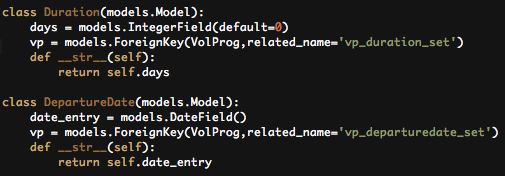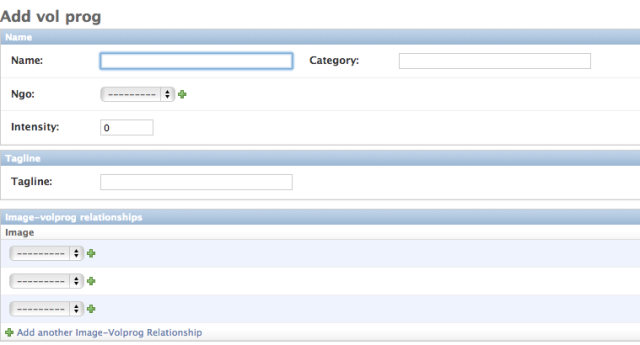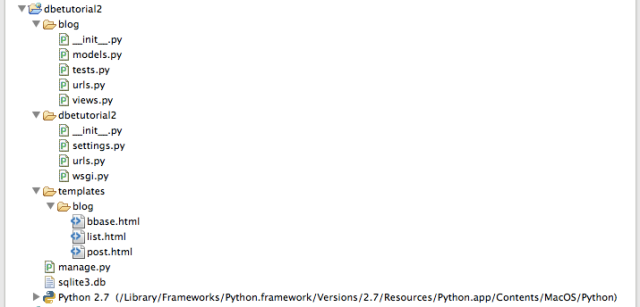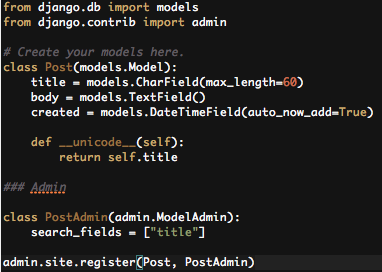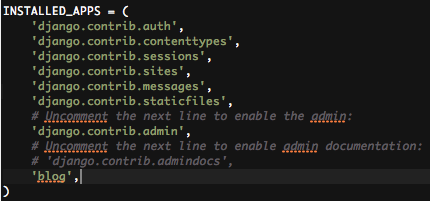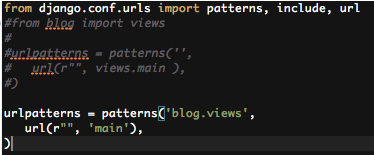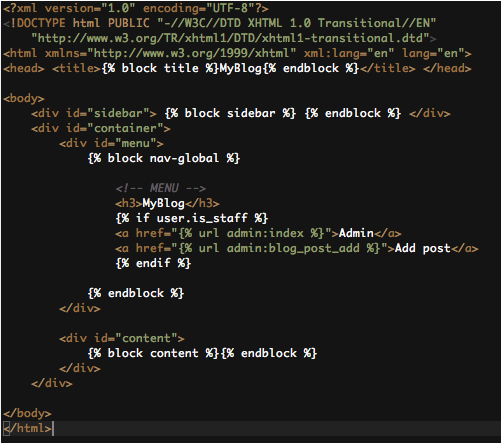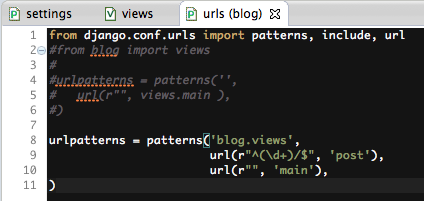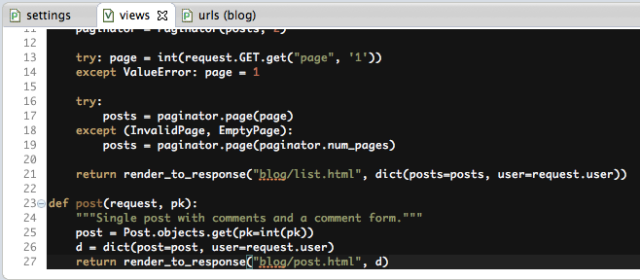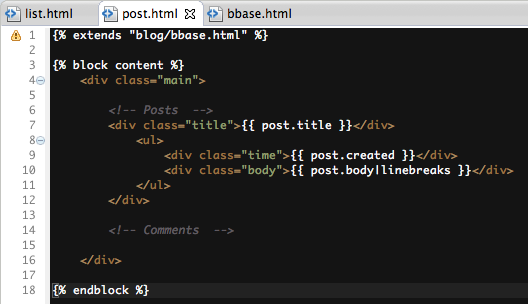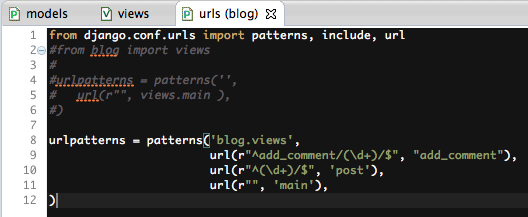Super awesome email from my best bud Ant (shout-out here) to add several frequently used plugins for our django project. All these works to a T for me. Thanks Ant!
1) Added pagination (Django-endless-pagination)
Key feature: allow us to extract chunk by chunk from database and present it on front-end in pages. Clean display and efficient database extraction. Can possibly do the facebook endless scroll display too.
To get it go to terminal and type:
$ pip install django-endless-pagination
2) Added facebook login: (Django allauth)
To get it installed on ur local comp go to terminal and type:
$ pip install django-allauth
If that gives errors during runtime, den get addional support by going to terminal and type:
$ pip install -e git://github.com/pythonforfacebook/facebook-sdk.git#egg=facebook-sdk
If that still fails, go to settings.py and set:
USE_TZ = False
3) Added an autocomplete plugin (django selectable)
Key feature: allow autocomplete from our database, works with foreignkey, manytomany etc..
To get it installed:
$ pip install django-selectable
4) Impt restructuring – images: Add PIL
First get python imaging library (PIL) installed:
Step 1 – Get JPEG support:
$ curl -O http://www.ijg.org/files/jpegsrc.v8c.tar.gz
$ tar zxvf jpegsrc.v8c.tar.gz
$ cd jpeg-8c/
$ ./configure
$ make
$ sudo make install
Step 2 – Get Freetype support:
curl -O http://ftp.igh.cnrs.fr/pub/nongnu/freetype/freetype-2.4.5.tar.gz
tar -xvzf freetype-2.4.5.tar.gz
cd freetype-2.4.5
./configure
make
sudo make install
cd ../
Step 3 – install PIL
$ pip install PIL
Images are now stored in the following fashion:
All images still have 1 link, for example:
Images.link = “ngo_images/HueHelp/1.jpg” (previously “/site_media/images_beta/ngo_images/HueHelp/1.jpg”)
You can access the different sizes of the image by concatenating that to the following:
/site_media/images_beta/thumbnail/ – 60px by 60px (~1-4kb)
/site_media/images_beta/small/ – 300px by 300px (~20kb)
/site_media/images_beta/large/ – 900px by 900px (~100-200kb)
/site_media/images_beta/original/ – whatever
So for example if you are passing an ngo object, and you want to display the link to its logo:
<img class=”ngo_avatar” src=”/site_media/images_beta/small/{{ngo.logo}}” alt=”{{ngo.name}}”/>


